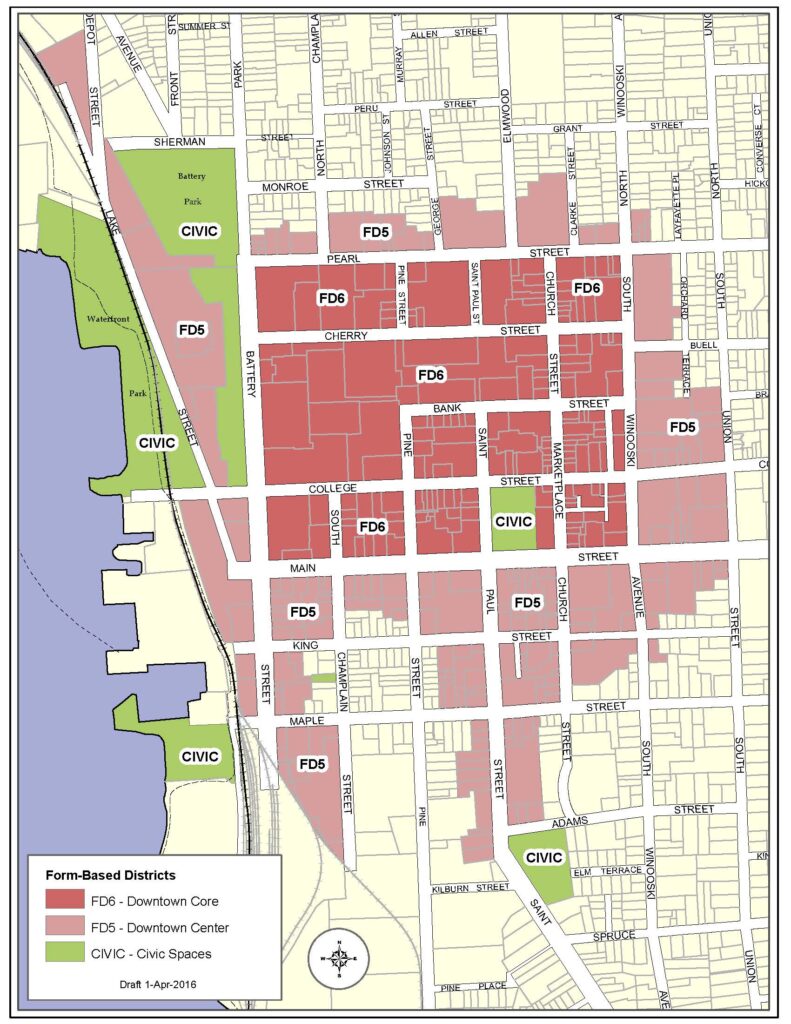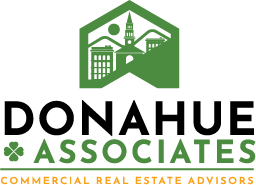What is Form-Based Code?
A form-based code is a land development regulation that fosters predictable built results and a high-quality public realm by using physical form (rather than separation of uses) as the organizing principle for the code. A form-based code is a regulation, not a mere guideline, adopted as part of a city, town, or county development regulation.
A form-based code offers a powerful alternative to conventional zoning regulations because they address the relationship between building facades and the public realm, the form, and mass of buildings in relation to one another, and the scale and types of streets and blocks.
This approach contrasts with conventional zoning’s focus on the micromanagement and segregation of land uses, and the control of development intensity through abstract and uncoordinated parameters (e.g.., FAR, dwellings per acre, setbacks, parking ratios, traffic LOS), to the neglect of an integrated built form. Not to be confused with design guidelines or general statements of policy, form-based codes are regulatory, not advisory.
The City of Burlington adopted a new Form-Based Code on November 13th, 2017.
See the new zoning map below.

Information has been gathered from The City of Burlington’s website – PlanBTV Downtown Code.
